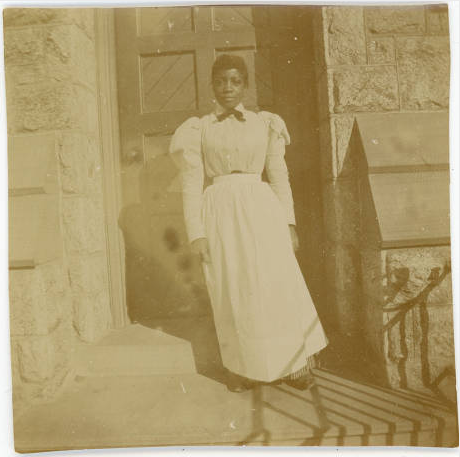by Emma Kioko
Note: This is the first of a two-part post about the climate of racial activism on campus between 1970 and 1972. The two posts center on two events: the “near sit-in” of March 12 (1970) and the first fight for Perry House (1972). Woven through both events are incredibly intelligent and nuanced discussions of race introduced and led by students including Bryn Mawr’s Sisterhood. These women paved the way for truly engaged activism on campus and their efforts should be celebrated and remembered.
Read Part I here now and don’t forget to check back to read the second post: Unwavering Dissent Part II: Challenging the Rhetoric of Racism in 1972 and the First Fight for Perry!

Bryn Mawr and Haverford College News, April 15, 1969. Bryn Mawr College Special Collections, Bryn Mawr, PA.
An Initial Upset in 1970
We shall find you a house for a cultural center. As you know the Spanish house by a two-year old agreement is currently being planned as a Russian house. We shall nevertheless find a house and I understand that it will be as are all residence halls open to students on invitation, white or Black…
-President Katherine E. McBride
The Black women of Bryn Mawr College were upset. In the 1968-1969 academic year, concerned with Bryn Mawr’s academic and administrative “patterns of falsification and omission that characterized the treatment of the role and contribution of the Black people in America, and all the world,” a group of students created the Black Students Committee to review the status of Black Studies on campus. In Spring 1969 the committee issued a list of curricular proposals in the hopes of forcing Bryn Mawr to acknowledge “racism on its campus and in its courses.”1 The “reasonable and just” proposed changes were given with an action deadline of April 25, 1969. Continue reading
- 9JAF Diversity African-American, Sisterhood, Bryn Mawr College Special Collections, Bryn Mawr, PA. [↩]

